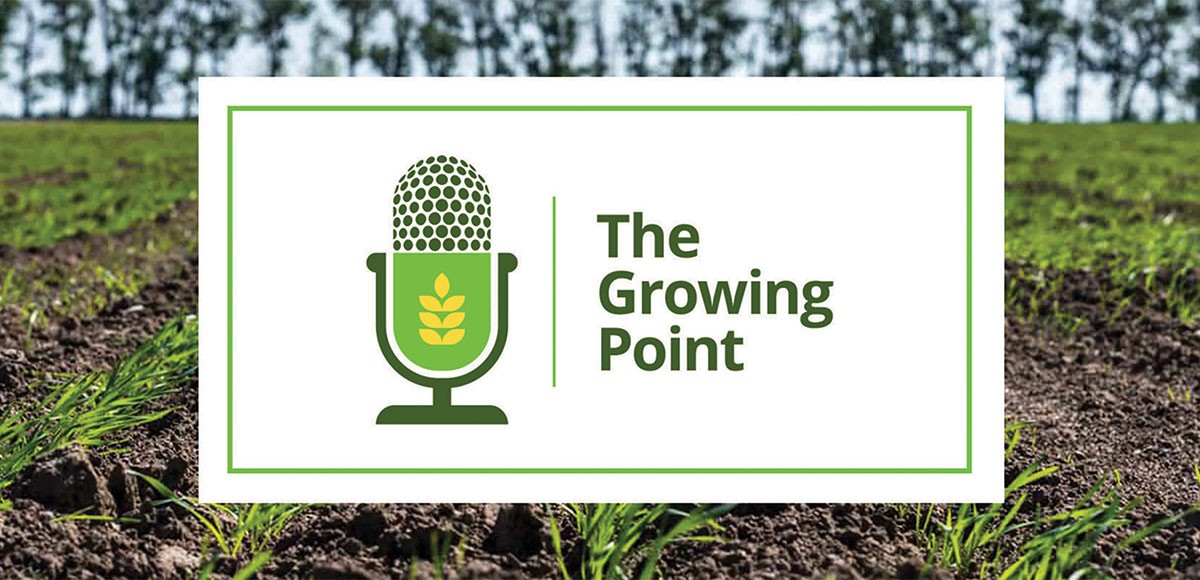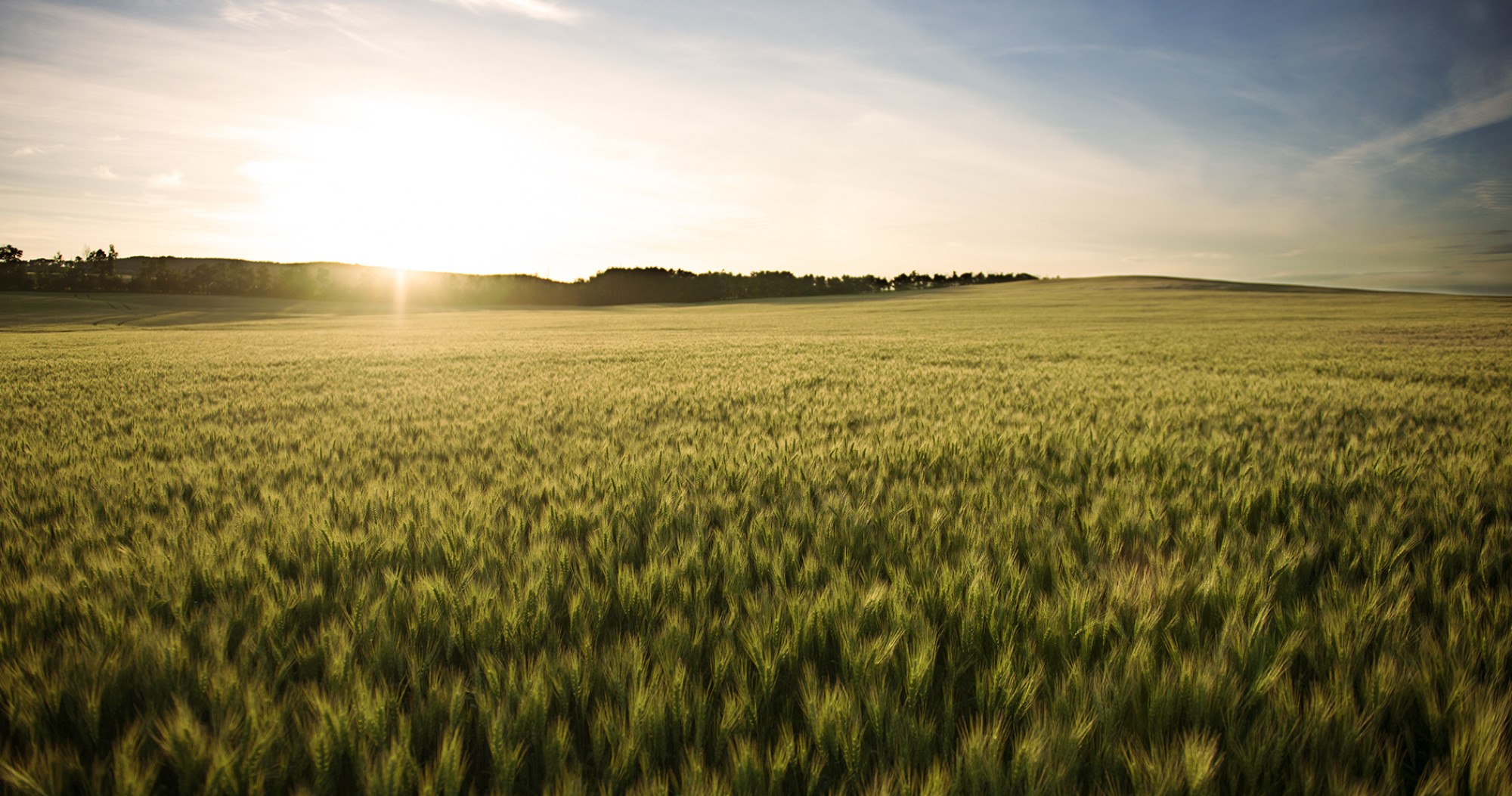2021 growing season scouting considerations

The 2021 growing season is fast approaching. Being aware of pest risks can help with scouting and assist management planning if issues arise. Below are pests and diseases that growers and agronomists should be keeping on their watch list. Note that further reading on these pests is recommended to ensure proper management.
Stripe rust
The first on our list is stripe rust (Puccinia striiformis tritici). Stripe rust displays small orange-yellow coloured pustules. The pustules form in vertical lines parallel to the wheat leaf veins. Some stripe rust spores can overwinter in Alberta. However, the majority of spores blow in from the Pacific North West and Kansas/Texas corridor. Yield losses due to stripe rust in central Alberta for wheat can be 10-90 per cent and 5-50 per cent for barley.
Ideal stripe rust spore development is conditions of 7-20°C with moisture. Stripe rust can infect a plant and reproduce new infectious spores in eight days. This allows field infection to move quickly.
Keep this disease on your mind when scouting both wheat and barley. Monitoring can begin as early as herbicide timing. Apply fungicide before five per cent flag leaf coverage of the disease. Susceptible varieties may need more than one application. Fungicide application on resistant varieties is more likely to see a financial return in extreme cases.
Orange blossom wheat midge
The 2021 Alberta Agriculture and Forestry forecast map indicates increased orange blossom wheat midge risk in central Alberta. Risk counties include Vermilion River, Wainwright, Flagstaff, Beaver, Minburn and surrounding counties.
When enough rainfall occurs in May (around 25mm or more) wheat midge adults emerge from the soil in late June or early July. Emergence continues for up to six weeks. Emerged adults lay eggs for about seven days and the eggs take 4-7 days to hatch. After hatching, the larvae feed for 2-3 weeks.
Scouting for wheat midge begins as soon as wheat heads emerge from the boot until anthesis timing. After anthesis, risk and damage decrease. Scouting of 3-5 locations in each field should occur daily after 8:30pm when weather conditions are calm. Insecticide applications to limit yield impacts occur when there is at least one midge for every 4-5 wheat heads. For grade impact reduction, control for one midge every 8-10 wheat heads.
When possible, use a midge tolerant variety. See midgetolerantwheat.ca.
Bacterial leaf streak
Bacterial leaf streak (BLS) is a bacterial leaf disease that has increased in occurrence over the past few years. BLS is a seed-borne bacteria caused by Xanthomonas transluscens pv. undulosa. When a seed infected with BLS is planted, plants from those seeds will be infected and display BLS symptoms. Symptoms include small, oval, light green, water-soaked lesions or streaks. Symptoms typically first show on the apex of the leaf, where dew stays the longest. Lesions can produce a milky exudate in high moisture conditions. This exudate can help differentiate it from fungal leaf diseases while scouting. As BLS develops, lesions will come together to form large irregular streaks. The streaks cause decreased photosynthetic area. Leaves may wither or die with high enough pressure.
Yield losses of up to 50 per cent due to BLS have been reported in other parts of the world. While mainly found in wheat, oats, barley, triticale and perennial grasses can be a host. Environmental conditions conducive to infection and spread are temperatures of 15-30°C with moisture. BLS can spread through rain splash, wind-driven rain, irrigation, mechanical field activities and insects.
Due to the seed-borne nature of BLS, utilizing seed that is clean of BLS is the first step to mitigating risk. While no seed test is available to identify BLS infection, producers can mitigate risk by scouting their fields for symptoms and avoid using seed from fields suspect of infection. Producers should discuss BLS risk with seed suppliers. Fungicide applications and in-crop or seed treatment will have no suppression or control of BLS, therefore producers should ensure proper identification of the disease before deciding to spray. This can be challenging as symptoms can be similar to other foliar diseases. Be sure to contact an experienced agronomist if you are unsure of BLS presence.
Wheat stem sawfly
The 2021 Alberta Agriculture and Forestry forecast map indicates increased wheat stem sawfly is a risk for southern Alberta in the 2021 growing season. Sawfly emerge from the soil in the spring and lay their eggs in elongated wheat stems. The larvae then feed on the stem pith tissue as they move down toward the stem base. Sawfly cause a reduction in yield from pith damage and crop loss from lodging due to stem feeding.
No chemical control options are available for sawfly. Producers and agronomists can scout for larvae a few weeks before harvest by splitting the base of stems and looking for feeding evidence and larvae. A high percentage of infection can lead to lodged crops that may benefit from early swathing. To reduce future risk, select solid stem varieties and lengthen crop rotation.

